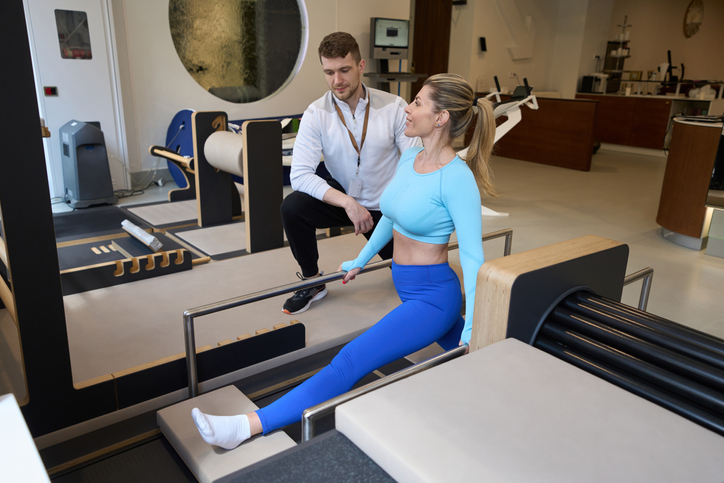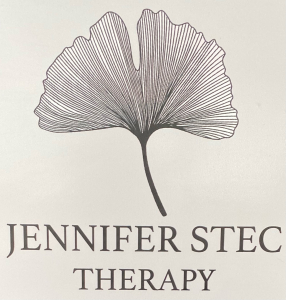Movement is a universal language that transcends words and allows us to express ourselves in a unique and profound way. Movement therapy, also known as dance/movement therapy or somatic movement therapy, harnesses the healing potential of movement to promote emotional, cognitive, physical, and social integration. In this blog post, we will discover the transformative benefits of movement therapy, exploring how it can enhance mental health, aid in trauma recovery, promote self-expression, and cultivate overall well-being.
What is Movement Therapy?
Movement Therapy is an expressive form of psychotherapy that uses physical activities and movement to promote mental and physical health. It works to help people develop a greater understanding of their bodies and physical experiences. It can help people learn to express emotions more effectively, cultivate self-awareness, and promote relaxation and stress relief.
The following are the underlying principles of this type of therapy:
- Our first language is movement. Movement and nonverbal communication start in utero and continue throughout life. Therapy using nonverbal and verbal language is equally important to dance/movement therapists.
- The mind, body, and spirit are interconnected.
- A movement can serve a functional purpose, communicate, develop, or express. The dance/movement therapist observes, assesses, and intervenes in a therapeutic relationship by observing movement through these lenses.
- Movement is a tool for assessment as well as a primary intervention method.
Using these premises to guide their practice, therapists incorporate body movement into their psychotherapeutic work. The movement therapist observes and assesses both their clients and their own movements as part of individual, couple, family, and group sessions. To address a person’s emotional, social, physical, and cognitive integration, they utilize verbal and nonverbal communication.
What Does Movement Therapy Do?
Enhancing Mental Health
Movement therapy has been shown to have a positive impact on mental health by reducing symptoms of depression, anxiety, and stress. Engaging in purposeful movement releases endorphins, the body’s natural mood-boosting chemicals, which can help alleviate symptoms of depression. Additionally, movement therapy provides a safe space for individuals to explore and express their emotions, leading to increased self-awareness and emotional regulation. Through movement, individuals can release tension, process difficult emotions, and develop healthy coping mechanisms.
Movement can also help individuals develop better problem-solving skills and a more positive outlook on life. Regular physical activity can also help improve physical health, reducing stress and anxiety.
Aid in Trauma Recovery
Trauma can leave a lasting impact on both the mind and body. This type of therapy offers a unique approach to trauma recovery by allowing individuals to access and process traumatic experiences through the body’s movements. By engaging in specific movement exercises, individuals can release stored trauma, reduce hyperarousal, and regain a sense of safety and control.
Movement therapy also helps individuals reconnect with their bodies, which is often disrupted by trauma, fostering a sense of embodiment and empowerment. It is often used in conjunction with other forms of treatment, such as cognitive behavioral therapy, to provide a comprehensive approach to trauma recovery. It can also be used as a stand-alone therapy.
Promoting Self-Expression
In a society that often prioritizes verbal communication, movement therapy provides an alternative avenue for self-expression. Through movement, individuals can communicate and express emotions, thoughts, and experiences that may be difficult to put into words.
Movement therapy encourages individuals to tap into their creativity, allowing for a deeper exploration of their inner world. This process can increase self-esteem, self-acceptance, and a greater sense of authenticity.
Cultivating Overall Well-being
This type of therapy is not limited to addressing mental health concerns; it also promotes overall well-being. Engaging in regular movement can improve physical fitness, flexibility, and coordination. It can also enhance body image and self-confidence, as individuals develop a positive relationship with their bodies through movement.
Furthermore, movement therapy fosters social connection and interpersonal skills, as it often occurs in group settings where individuals can support and learn from one another.
Other Types of Creative Therapies
If movement therapy appeals to you, you may want to try other creative therapies. Some of these include:
Art therapy:
In art therapy, you use art to achieve psychological benefits, such as:
- A higher sense of self-worth
- Cognitive improvement
- Improved social skills
Drama therapy:
A drama therapist uses performance, purposeful improvisation, or story-telling to achieve therapeutic goals, such as improving interpersonal relationships, according to the North American Drama Therapy Association.
Music therapy:
According to the American Music Therapy Association, music therapy is used to achieve a variety of benefits, including:
- Rehabilitative physical therapy
- Stress management
- Improved memory
Movement therapy harnesses the innate healing power of movement to promote emotional, cognitive, physical, and social integration. By engaging in purposeful movement, individuals can enhance their mental health, aid in trauma recovery, encourage self-expression, and cultivate overall well-being.
Whether through dance, improvisation, or structured movement exercises, this type of therapy offers a unique and holistic approach to healing and personal growth. By recognizing the mind-body connection and tapping into the body’s wisdom, movement therapy empowers individuals to embark on a transformative journey of self-discovery and healing.
Find a therapist today by browsing our mental health listings at LGBTQ and ALL.














